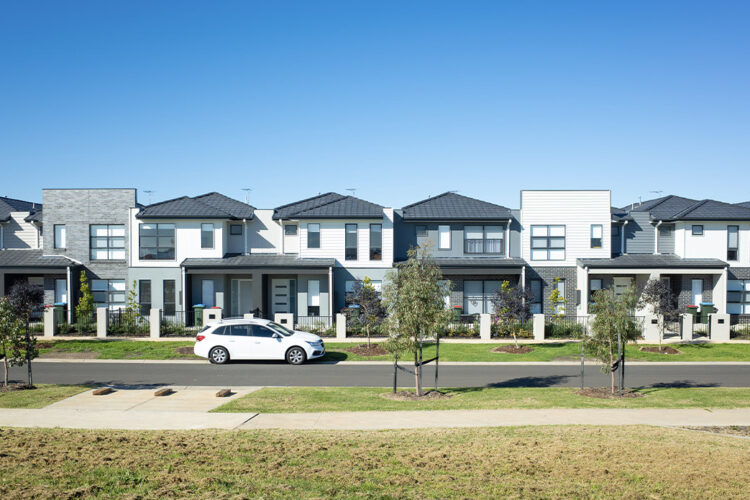Since February 2022, the proportion of Australian rentals available for cheap weekly rent has plummeted over 15 per cent, according to new data from Proptrack.
This time last year, 32.8 per cent of national rentals were available for leasing below $400 per week. In the 12 months since, this sum has declined to 17.6 per cent, coinciding with a record year for rent increases.
By comparison, in the period between March 2020 and February 2022, the portion of sub-$400 rentals decreased just under 10 per cent (9.7 per cent).
Capital city dwellings available for rent below $400 weekly rent fell from 31.5 per cent in February 2022 to 14.6 per cent last month, while on the regional front, this figure fell from 37.8 per cent 12 months ago to 25.9 per cent presently.
Breaking down the results for different property types, capital city homes saw the number of sub-$400 per week rentals plummet from 22.6 per cent last February to the current rate of 10.7 per cent, while for their regional counterparts, 19.3 per cent remain available below a $400 weekly asking price.
Proptrack revealed the decline has been “much larger in capital cities over the past year as demand for rentals shifts back towards the capitals.”
“Demand for rentals is far outstripping supply, pushing weekly rents higher and the vacancy rate lower,” it said, adding the by-product of this trend has been a “significant reduction in rentals available for less than $400 per week since the onset of the pandemic.”
The portion of sub-$400 per week rentals halved in Sydney, from 19.8 per cent in February 2022 to 7.8 per cent last month; Melbourne (from 43.5 per cent to 20 per cent); Brisbane (28.3 per cent to 13 per cent); Adelaide (37.8 per cent to 18.3 per cent); Perth (32 per cent to 15.4 per cent); while Hobart (20.3 per cent to 12 per cent); Darwin (15.7 per cent to 8.8 per cent); and the ACT (6 per cent to 1.9 per cent) also reported decreases.
The report found the portion of sub-$400 rentals is declining at a far more rapid pace in Australia’s capital cities as opposed to its regions, with the housing market hit hardest, adding it sees “no reprieve for tenants in the coming months” due to intensifying demand.
“The fall in availability of more affordable rentals and the surging competition for rental stock is creating challenges for those on lower incomes or government-supported payments as they try to source increasingly scarce rental accommodation,” the report concluded.


